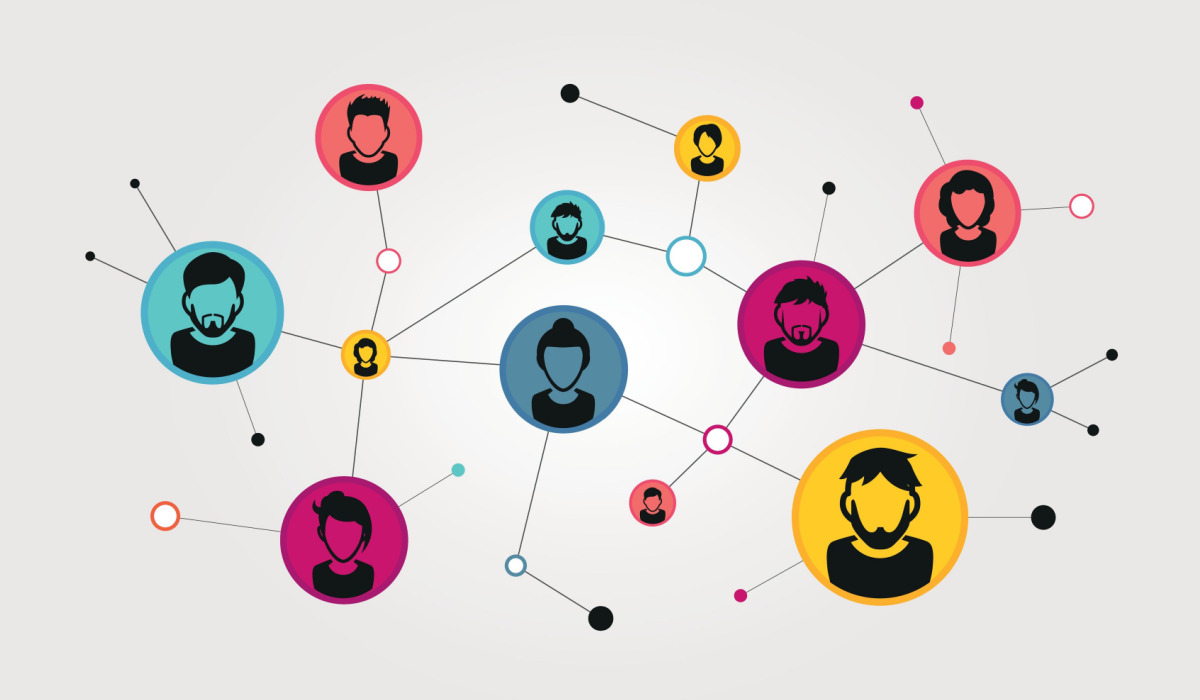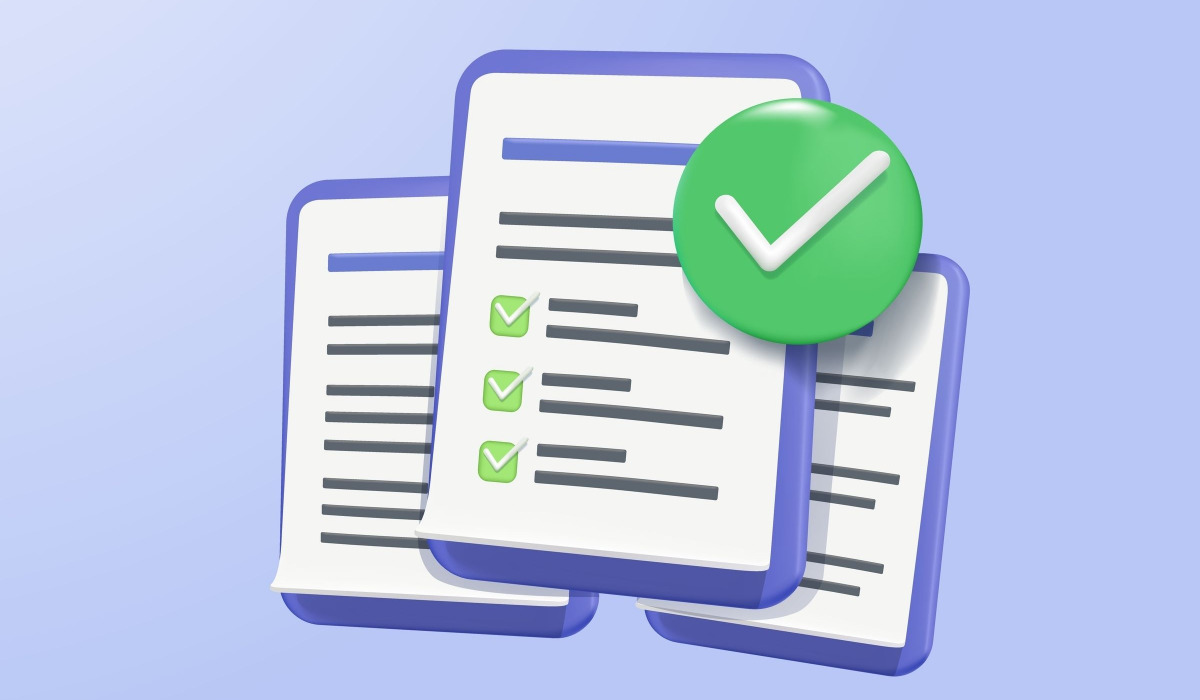When you’re working on a big project or making a tough decision at work and need some advice, you probably turn to those closest to you—your family, close friends, colleagues and mentors. I’d be surprised if you said you tend to call up friends or colleagues you haven’t spoken to in years when you’re in such a situation.
It might sound counterintuitive, but doing just that, looking to old friends or colleagues when you need a favor, may actually be the best move more often than you think.
One study of executive MBA students asked subjects to reach out to dormant contacts for help with an important work project. The study classified “dormant” ties as people who the executives hadn’t been in touch with for at least three years.
The students had previously contacted current ties in their networks for help with the same project, so researchers were able to compare the benefits they got from contacting both types of people in their networks.
The results were surprising. Not only were dormant contacts, on average, as useful as current contacts, they were often even more useful.
The researchers also tried asking executives to rank their top 10 dormant contacts. The researchers expected usefulness to drop off as participants worked their way through the list, but they actually found that the benefits gained from contacting these dormant ties were steady throughout the list.
According to Wharton business professor Adam Grant, these benefits are due to the fact that your dormant ties have been off gaining contacts and knowledge since you last spoke to them. “The idea,” he tells Inc., “is that strong ties tend to give you redundant knowledge, as they are likely to know the same people and same things you do, but dormant ties have a much more diverse network.”
Three or more years is long enough for your dormant ties to have increased their networks, moved up in their company, or even changed careers altogether. Grant continues:
They’ve been meeting different people and learning different things in the last few years, so they can open up whole worlds you didn’t know existed.
While reconnecting with dormant contacts has become a lot easier with the internet and tools like Facebook, LinkedIn, and search engines, the study’s authors say few people are taking advantage of the ease of reconnecting in a business sense. So let’s look at how to put these ideas into practice in your business.
Closer is Better
First of all, don’t confuse dormant ties with weak ties. Dormant ties are those that have fallen away or gone quiet, but weren’t necessarily weak in the first place. In fact, the stronger the initial relationship, the better your chances of a beneficial reconnection.
According to Grant, it should be much more comfortable to reach out to dormant ties than weak ties, even if it’s been a very long time, because you already have some shared common history. With weak ties, you haven’t established much, if any connection.
Strong ties tend to come with feelings of trust and a share perspective. When we reconnect with dormant ties that used to be strong, those feelings tend to come back very quickly.
So focus your efforts on those friends or colleagues you were close with, whom you haven’t spoken to for several years. These people will be the most likely to be beneficial when you’re reaching out for help.
Don’t Worry About Bothering People
While time is obviously a factor for busy executives, many of the participants in the study felt embarrassed about not having kept in touch, or worried about imposing or seeming opportunistic. But the researchers found that most people’s dormant contacts were happy to help, so the participants’ worries were unfounded.
Though it can be awkward to reach out to a dormant contact, remember that it’s even harder to build a connection with someone you don’t know—try to bring up some of that shared history between you to revive those old feelings of trust and shared perspective.
The Older You Are, the Better This Will Work
The researchers tested this approach on three different age groups: undergraduate students, MBA students, and older executive MBAs. They found the older executives saw the biggest benefit from reaching out to dormant contacts.
This is likely just due to the extra time they’ve had to build up a list of contacts in the first place, as undergraduate students found the smallest benefit of the three groups.
The researchers believe late 20s to early 30s is around the age that most people have gathered enough contacts for this approach to offer some benefits. If you’re not that old yet, or you simply know you couldn’t name 10 dormant contacts you could reach out to, focusing on your current network is probably the best approach for now.
Keep Learning: This Entrepreneur Convinced His Mentor to Be His Co-Founder
Balance is Key
Of course, when something works this well, we’re tempted to push it as far as we can and wring all the benefits out of it. The researchers behind this study warn that leaning on dormant contacts regularly will likely erode any of the existing goodwill in those relationships.
What you want to aim for is balance. Rely on current ties as you normally would, and try reconnecting only occasionally. Always look for the best contacts for your specific needs before asking for help—this way you’ll only lean on those dormant ties when they really can offer a perspective you need, or you don’t have enough current ties to help with a particular situation.
Tapping your network for help is always tricky.
Even if you’ve been helpful to everyone you know up until now, most of us find it awkward and uncomfortable to ask for help—and especially from those we haven’t seen or talked to in years.
But this study shows an undeniable benefit of reaching out to your dormant contacts. Next time you’re looking for advice, contacts, or even a new job, don’t forget the dormant ties that could open a door for you.
If you’re looking to reduce the learning period for your business, explore our free training series, where you’ll learn everything from the entrepreneurial mindset to how to find your dream customers.

















